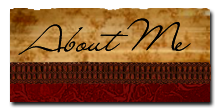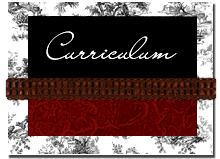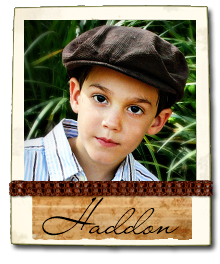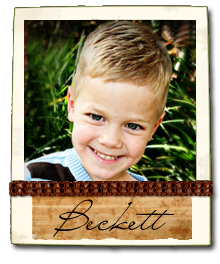
When I taught public school we had time each morning referred to as DEAR (Drop Everything and Read). It was so much fun! I allowed my students to sit under their desks, on our classroom beanbags or anywhere - as long as they were fully engaged in a book. Each year for some of my students it took time to acclimate to this new freedom. Reading for the pure enjoyment of the activity was a new concept for them. No discussion, no tests, no agenda.
Recently, as I was thinking about what I wanted our homeschool days to look like, I realized we just weren't spending enough time reading. I read a Bible story to them each morning at breakfast. At lunch we do our read-alouds; for the last several months we've been reading through the Chronicles Of Narnia again. Haddon reads a science reader to me daily, as well as from a phonics reader and his My Favorite Bible Storybook for Early Readers. Thatcher reads daily from Story of the World, in science and across most of the curriculum. In addition, he reads each evening for at least an hour at bedtime. But somehow it just wasn't enough. I was not getting to see my boys delight in books on their own. And I definitely wasn't getting enough reading time in with Beckett. One of my biggest goals is instill a love of reading in my boys because a lifetime passion for learning almost always begins with a love of reading. DEAR time immediately came to mind.
So when it was time to start our new semester I told the boys that from time we finished breakfast, around 8:15, until 9:00 it would be DEAR time each day. There were a few stipulations. I would have a basket of books from which they could choose their daily reading selection. They could discuss with me outside of DEAR time if they had particular requests but I got the final say. There would be no talking to each other or discussing of books; this was just time to read and enjoy.
Thatcher took to it right away! He loves to read and always has. We have used this time to be certain we get all of our history reading finished. I am also making sure to keep the basket full of of many fiction selections as he naturally gravitates to non-fiction. He adores the Childhood of Famous Americans biographies, and any book about the military or spies will hold him captive for hours. Because I don't want him to neglect the beauty and creativity that is found in fiction I am making sure that at least every second or third book he reads is full of imagination. It has been fun to watch him rediscover this genre of books.

For Haddon, at first, DEAR time was intimidating. He was definitely still an emerging/early reader when we began. By nature he is not a risk-taker and the thought of reading without Mommy right beside him was a little unsettling. I told him that he could come tiptoe and ask me a word anytime after he tried his "good reader strategies" and was still was stuck. He was greatly relieved but still reluctant. The first book he chose was Frog and Toad are Friends. It took him the full week to read it. Then he picked up Frog and Toad All Year followed by Frog and Toad Together. With each successive book he got a bit more comfortable and a bit faster. The book he is reading in this picture, Days with Frog and Toad, was completed in one sitting. He was so very proud! His confidence has gone through the roof and I have been amazed at his growth as a reader in just six weeks since starting DEAR time.

Beckett, my sweet Beckett. He was born seventeen months after Haddon and in the middle of multiple therapies, doctors' appointments and diagnoses for Thatcher. As a result, I have logged a fraction of the reading time with him that his older brothers got. DEAR time has been a wonderful opportunity for us to read together and to try and make up a tiny bit of all that missed time from years past. But it has been a learning experience for him...and for me. The other boys would sit still for anything I read to them; they were just happy to be reading. In contrast, Beckett is very picky about what we read. He has to choose the book or at least agree to my selection. ;) He has loved the Dr. Seuss books, especially Fox in Sock and Green Eggs and Ham. We have also been reading lots of Mother Goose rhymes and he has enjoyed memorizing several and saying them to Daddy when he gets home at night. At first he would not sit still to "read" any books independently (while I was cleaning up breakfast dishes) but now he will curl up and look at a book for five minutes or more. It's a slow start, but a start, nonetheless!
The first subject we do each day is our Bible/Discipleship time at breakfast. The next thing we do is curl up on the couch and read each day for DEAR time. I wouldn't have it any other way! :)






























